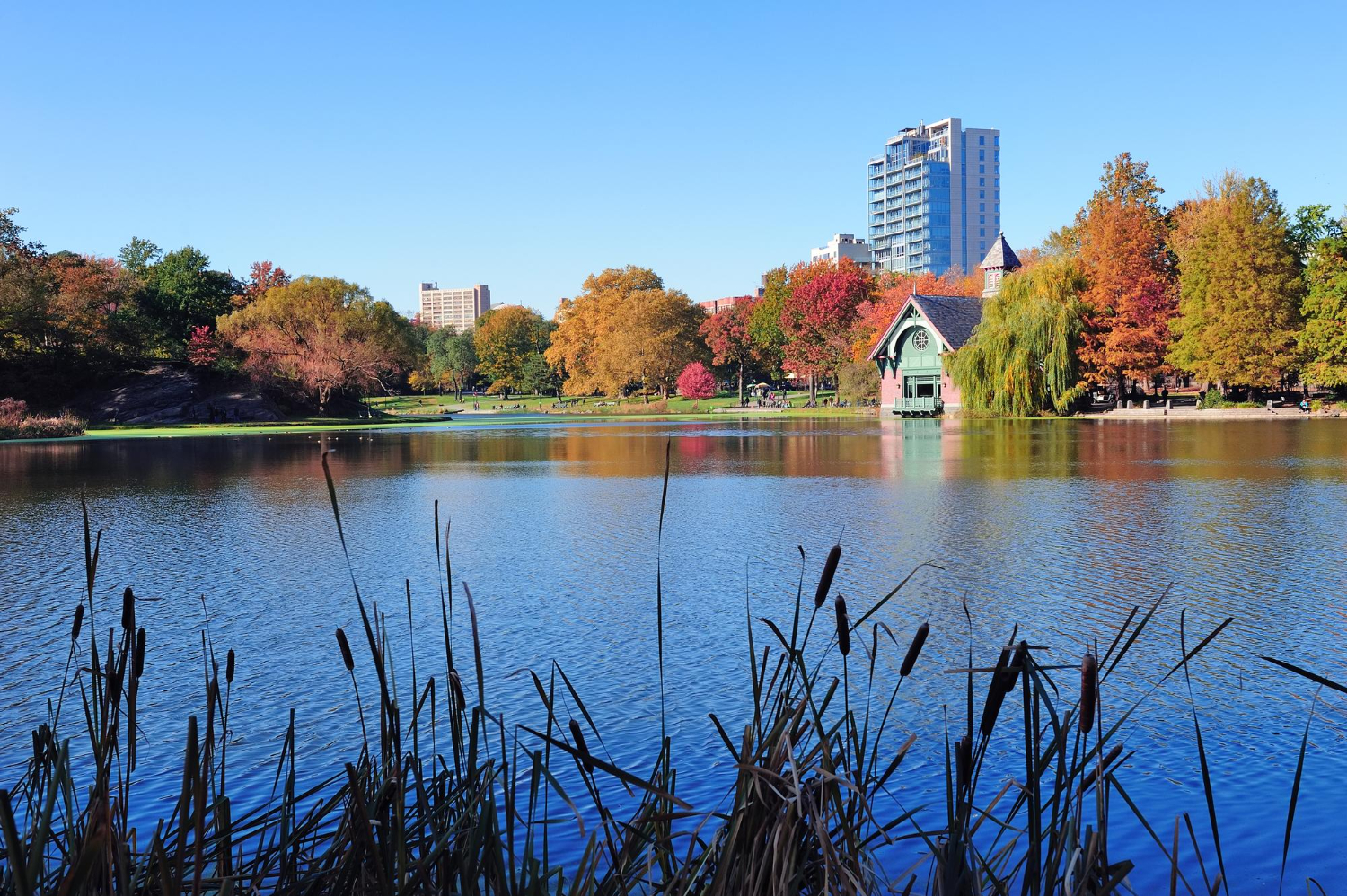
Lakes are complex ecosystems that require proactive maintenance to keep them healthy. Whether you use your lake for water supply, for recreational activities, or for biodiversity support, it’s your responsibility to keep your lake in top shape. So, how can you know if your lake is actually healthy?
Aquatic Restoration is a reputable lake management company in Georgia with over 35 years of experience. We pride ourselves on offering a wide range of services, including lake dredging, siphon installation, retention pond maintenance, shoreline stabilization, spillway renovation, and more. In this post, we share tips that will help you keep your lake healthy. When you need a reliable lake services company to help you keep your lake or pond in peak condition, get in touch with Aquatic Restoration.
One of the most significant indicators of lake health is water quality. Clear water doesn’t always mean clean water, as harmful bacteria, toxins, and pollutants can be invisible to the naked eye. Agricultural runoff, lawn fertilizers, and improperly managed septic systems can introduce excess nutrients like nitrogen and phosphorus into the lake. Over time, this nutrient buildup can cause rapid algae growth, which lowers oxygen levels in the water and threatens fish and plant life. Testing for pH levels, dissolved oxygen, and contaminants is a vital step in determining whether your lake is in good condition.
Another hidden factor that affects lake health is sedimentation. Over time, soil erosion from surrounding areas can wash into the lake, reducing its depth and altering its natural balance. As sediment builds up, it can smother aquatic habitats and create the perfect conditions for weed overgrowth and stagnant water. In addition, sediments often carry pollutants, further degrading water quality. Preventing excessive sedimentation starts with managing shoreline vegetation, minimizing soil disturbance, and installing barriers to control runoff.
Invasive species also pose a serious threat to lake ecosystems. Plants like hydrilla and Eurasian watermilfoil, as well as invasive fish and mollusks, can quickly disrupt the balance of native species. These invaders often spread unnoticed until they’ve taken over, leading to reduced biodiversity and poor water quality. Regular inspections and management strategies, such as manual removal or targeted treatments, are essential to keeping your lake’s ecosystem healthy.

Oxygen levels are another critical indicator of lake health. Fish, plants, and beneficial microorganisms rely on balanced oxygen levels to survive. When algae blooms decompose or excessive organic matter builds up, oxygen levels can drop drastically, leading to fish kills and a foul smell. Aeration systems, fountains, and proper circulation methods can help restore oxygen balance and maintain a healthier aquatic environment.
Lastly, wildlife activity can provide valuable clues about lake health. A thriving fish population, diverse plant life, and active bird species often indicate a balanced ecosystem. On the other hand, if you notice declining fish populations, excessive weed growth, or murky water, these could be warning signs that your lake’s ecosystem is under stress.
Keeping your lake or pond in tiptop condition is a complex topic, and no single article can sum up everything you need to know about lake or pond maintenance. That’s why it’s a good idea to have a lake management you can trust to get the job done right. Our team has years of experience managing lakes and ponds of all sizes. We can help you with lake dredging, algae control, siphon installation, spillway renovation, and much more. To find out how we can help you, give us a call or contact us online.
If you own a pond or lake, you know that proactive maintenance is an integral part of keeping the…
If you’ve ever walked outside and noticed your lake suddenly turn a murky shade of green, you’re not alone. Many…
Lakes are vital ecosystems that support wildlife, protect water quality, and enhance the quality of life for surrounding communities. Whether…
If you’re reading this, there’s a good chance you’re sick and tired of dealing with aquatic weeds that never…
Lake management is an integral part of keeping lakes healthy, functional, and beautiful for generations to come. Not only…